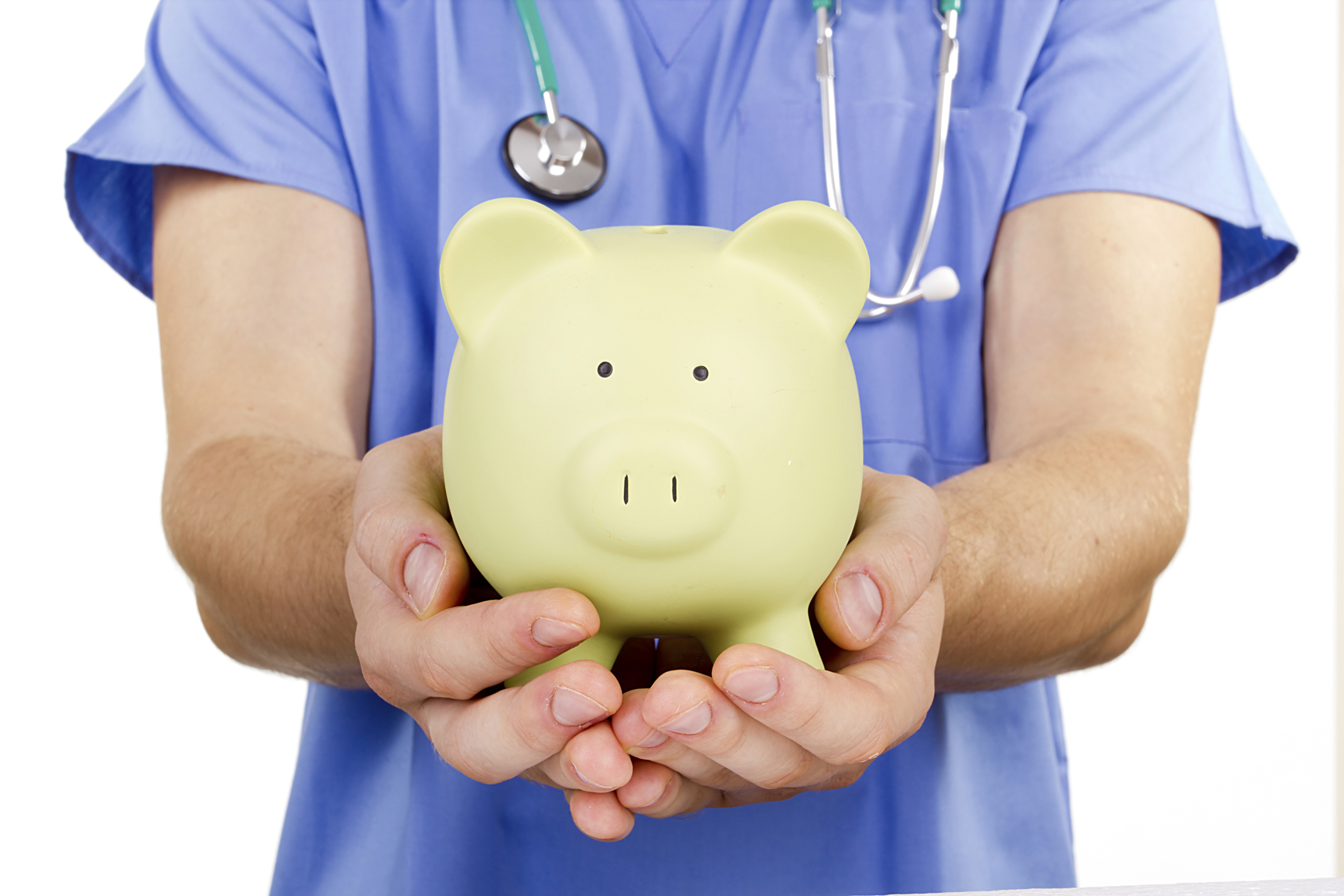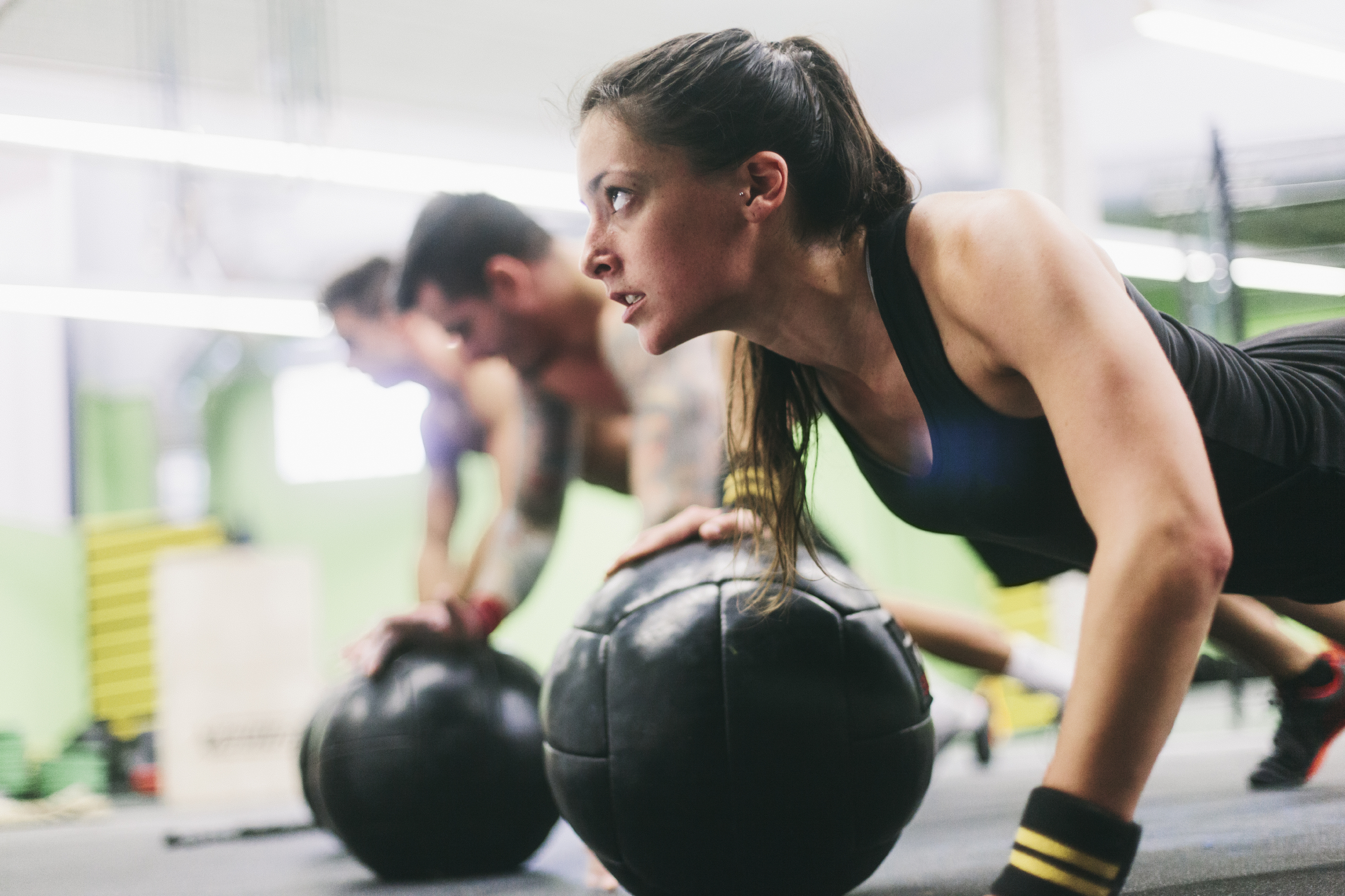Varicose Vein Treatments
-
Content written by Andrew Proulx, MD | Reviewed by EnhanceMyself Medical Team | Last updated 6/12/2023
- Overview
Overview
What are varicose veins?
Varicose veins are enlarged, twisted veins that often have a purple or dark blue hue and commonly found in the legs and feet. It is estimated that some 30 million Americans have varicose veins making it an unfortunately common issue.
Symptoms
Aside from the obvious development of the veins themselves, there are other symptoms that might suggest varicose veins:
- Mild-to-moderate swelling affecting the feet and/or ankles
- Skin discoloration
- Leg cramping, throbbing or burning
- Itchy legs (particularly around the ankles)
- Sensation of ‘heavy’ or aching legs
- Leg pain following prolonged inactivity
If you experience any of these symptoms or are otherwise at increased risk for varicose veins, you should speak with a doctor, such as a dermatologist or plastic surgeon. Varicose veins can lead to ulcers forming on the skin surrounding them, blood clots or even bleeding if a surface varicose vein bursts.
Risk factors
There are many risk factors associated with the development of varicose veins; age serving as a primary risk factor.
As we age, our veins lose elasticity which causes them to stretch, weakening and loosening the valves preventing blood from flowing backwards. Varicose veins most often occur in the legs and feet because it is there that blood flow is working hardest against gravity to circulate blood back to the lungs.
As we age and the veins weaken, gravity begins to win the battle and deoxygenated blood begins to pool in the veins, causing them to become enlarged and disfigured. The blue appearance is the result of the fact that the blood is deoxygenated.
In addition to age, there are other risk factors for varicose veins, including:
- Gender: Women are more likely than men to develop varicose veins because their hormonal changes (pregnancy, menopause) can cause the walls of the veins to relax, leading to the aforementioned pooling of blood.
- Pregnancy: Pregnant women have an increased blood volume which changes the balance of circulation (especially between the lower legs and abdomen). This change is normal and helps to support the growth and development of the fetus, but it can often cause varicose veins to develop in the legs.
- Family History: Those with a family history of varicose veins are more likely to develop them.
- Sedentary Living: Inactive lifestyles affect blood flow which in turn can increase the likelihood of varicose veins.
- Obesity: As with many health conditions, obesity is an added risk factor. Increased weight stresses the veins which can speed up the weakening of the walls and result in early-onset varicose veins.
Varicose vein treatments
Fortunately there’s good news for people with varicose veins… there are a variety of non-invasive outpatient treatments available to correct the issue. It’s only the most severe of varicose vein cases that require the more invasive treatments of old like vein stripping and ligation. Some of the more common treatments include:
- Sclerotherapy: Varicose veins are injected with a solution that is designed to close the vein. After a few weeks, veins treated with sclerotherapy should fade away. (Multiple injections may be required to completely treat certain veins.)
- Foam Sclerotherapy: A newer method based on the same general principle, a foam solution is injected rather than the traditional solution.
- Laser Vein Surgery: High-frequency radio-wave energy is used to heat and close varicose veins. Performed under local anesthesia, the treatment has no downtime meaning that patients can walk immediately after the procedure. No incisions are required.
- Stripping and Ligation: Although this is an older approach to treatment, it is still used for more severe cases of varicose veins. The procedure involves the removal of tied-off veins through a series of small incisions. There is some downtown associated with stripping and ligation which typically requires two to four weeks of recovery.
- Ambulatory Phlebectomy: This procedure targets smaller varicose veins closest to the surface for removal. Tiny skin punctures are made through which to extract the veins.
How long will your results last?
For the most part, varicose vein treatments are permanent however it’s possible that new veins may appear later and require touch-up procedures.
How to prevent varicose veins
Beyond treatments, there are a number of things you can do to help prevent varicose veins.
- Maintain a healthy weight
- Exercise regularly
- Put your feet up while sitting
- Avoid cross your legs while sitting.
- Avoid wearing tight clothing.
In addition, the use of compression socks or stockings can help aid blood flow in your legs, improving circulation that has otherwise been affected by age or other risk factors.
Your doctor will speak with you about all your treatment options during your consultation.
What’s the cost?
As is the case with a great many medical treatments, it is difficult to estimate the cost range because of the number of variables in play. The cost of varicose vein treatment depends entirely on the type of treatment you require, the number of veins being treated, and any other underlying health concerns that must be taken into consideration.
- Sclerotherapy: $500 to $650 per treatment
- Foam Sclerotherapy: $500 to $1,000 per treatment
- Laser Vein Surgery: $300 to $500 per treatment
- Stripping and Ligation: $1,500 up to $3,000 per treatment
- Ambulatory Phlebectomy: $2,000 to $5,000
Keep in mind that the cost of treatment can also be impacted based on where you live as well. The only way to get a true sense of what varicose vein treatment is going to cost you is to speak with a doctor.
EnhanceMyself.com relies on sources such as professional medical organizations, government agencies, academic institutions, and peer-reviewed scientific journals to write it’s articles. Learn more about how we ensure our content is accurate, in-depth, and unbiased by reading our editorial guidelines.
*Medical Disclaimer: This website does not provide medical advice. Read more.


